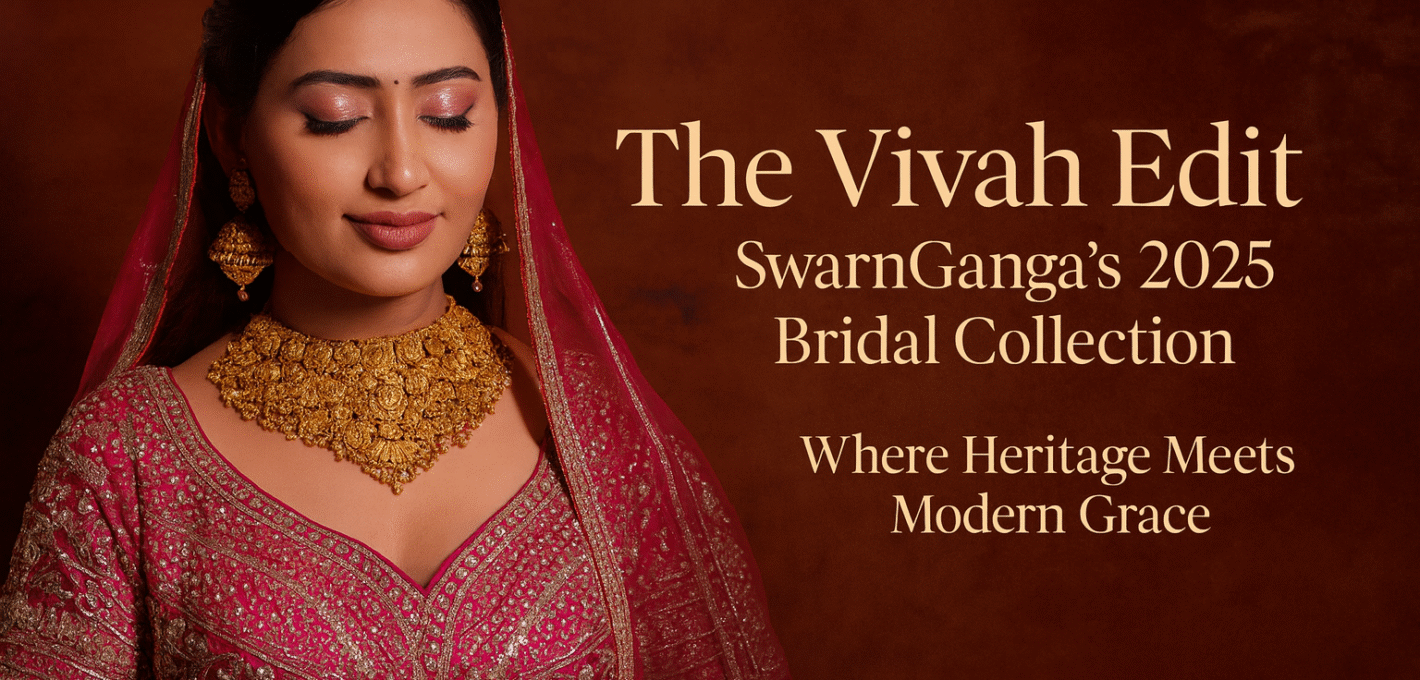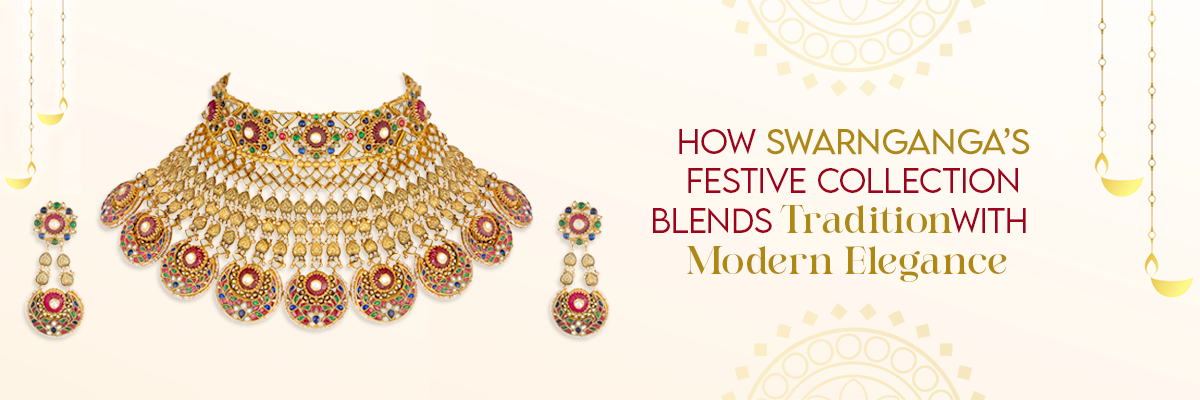Jewellery in India is not just an accessory—it is a symbol of culture, tradition, and identity. Each piece holds centuries of stories, spirituality, and significance. From temple jewellery to bridal sets, the designs have deep-rooted meanings that go beyond mere decoration.
What Makes Indian Jewellery So Special?
Indian jewellery is crafted with purpose. Whether it’s the mangalsutra that symbolizes marriage, or the maang tikka representing the third eye, every design is infused with cultural essence.
Types of Traditional Indian Jewellery & Their Significance
1. Mangalsutra:
A sacred thread of love and commitment, worn by married women.
Keyword: Mangalsutra design meaning
2. Nose Ring (Nath):
Believed to be connected to reproductive health and also signifies marital status.
Keyword: Traditional nath symbolism
3. Maang Tikka:
Placed on the forehead, it signifies the third eye and balances spiritual energy.
Keyword: Maang tikka cultural significance
4. Payal (Anklets):
The sound of anklets is said to bring positive energy to the household.
Keyword: Indian anklet meaning
5. Temple Jewellery:
Inspired by South Indian temples, often adorned with deities. Ideal for classical dancers.
Keyword: Temple jewellery designs India
6. Bangles:
Represent prosperity and fertility. Often worn in pairs to signify unity.
Keyword: Meaning of Indian bangles
7. Kamarbandh (Waistband):
A blend of beauty and utility, it holds up sarees and enhances posture.
Keyword: Kamarbandh traditional meaning
The Craftsmanship
Each piece is meticulously handcrafted. From Kundan to Polki to Meenakari, Indian artisans ensure every motif tells a tale.
Why Choose SwarnGanga?
At [SwarnGanga](https://sgjewelarts.com/), we honor these traditions by creating jewellery that blends cultural meaning with modern style. Discover handcrafted jewellery that tells your story.
Final Thoughts
When you wear traditional Indian jewellery, you’re not just wearing gold or gems—you’re carrying forward a legacy. Let your jewellery be as meaningful as it is beautiful.


